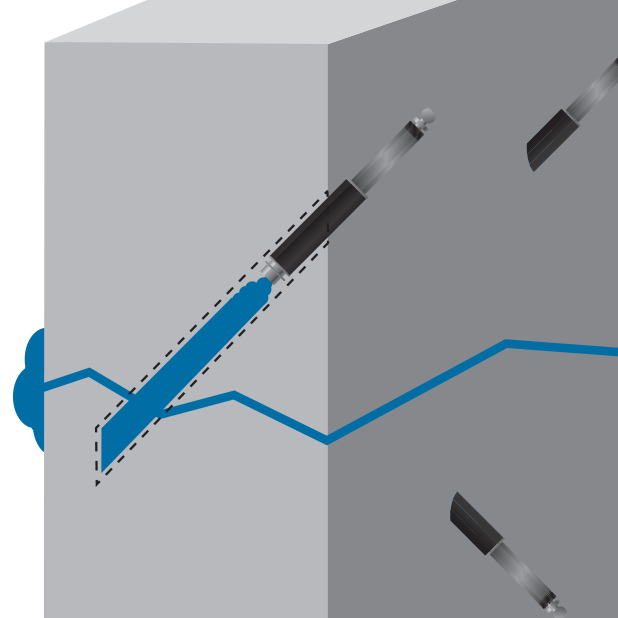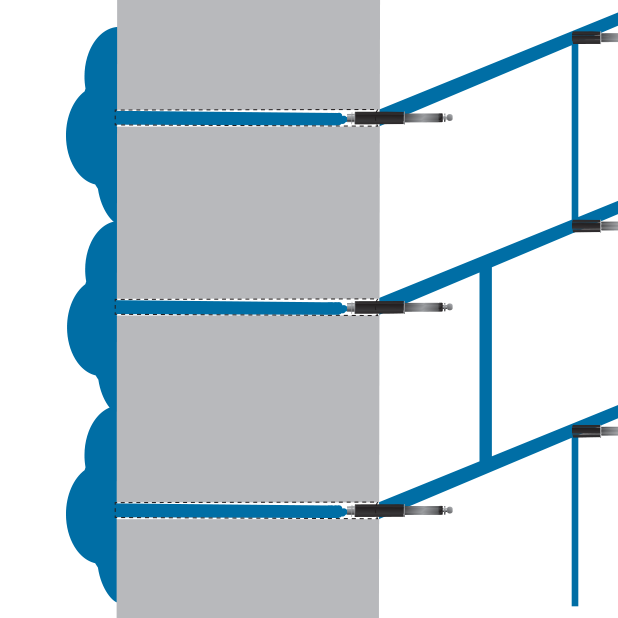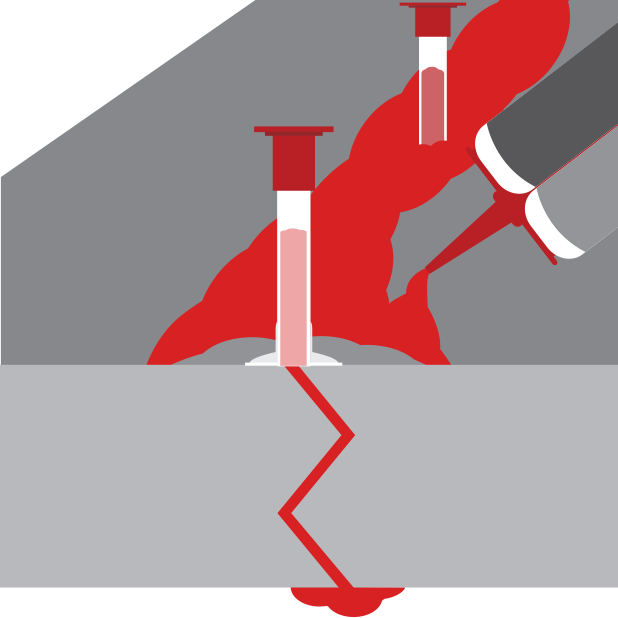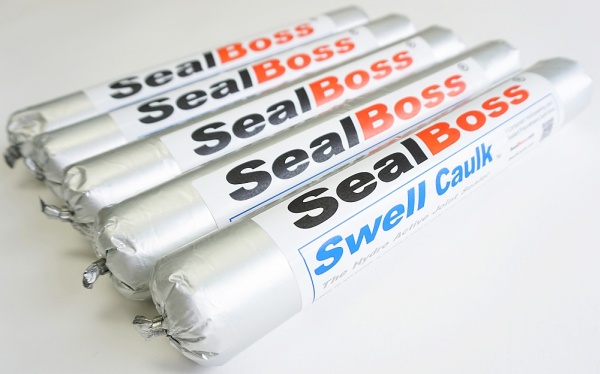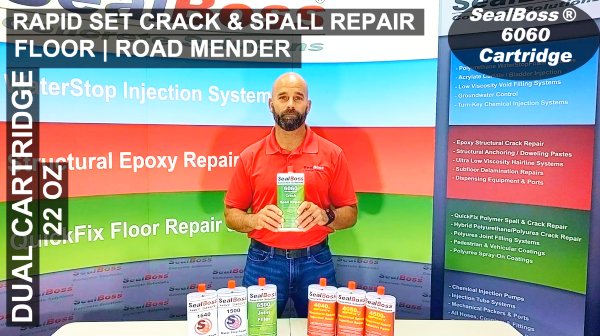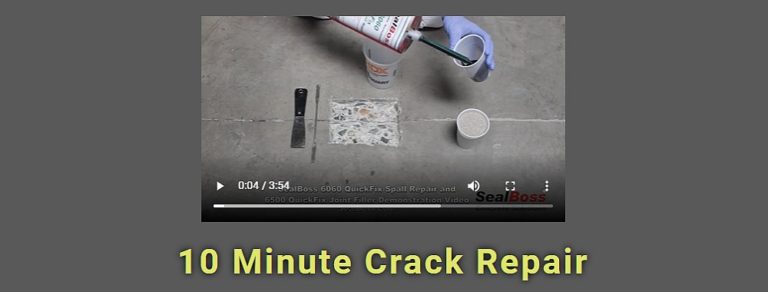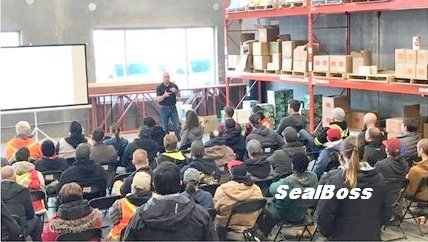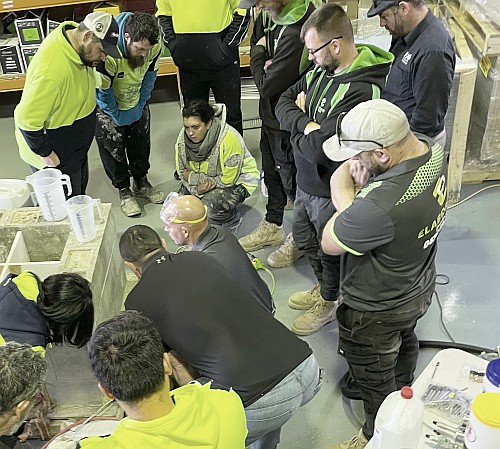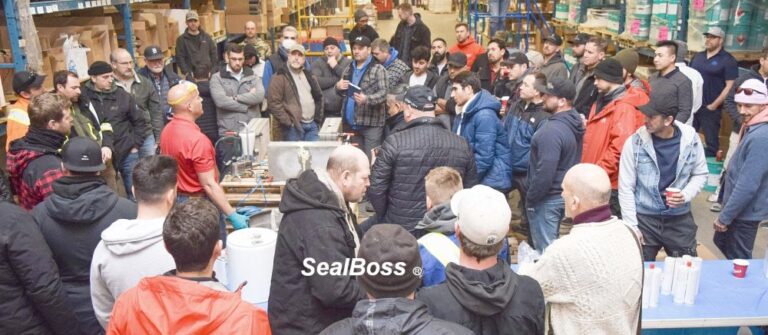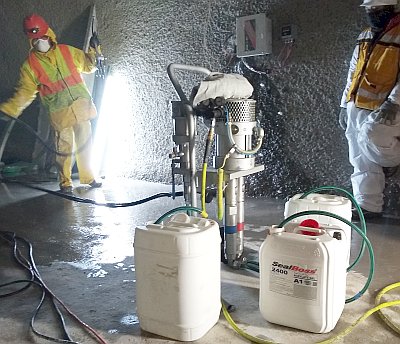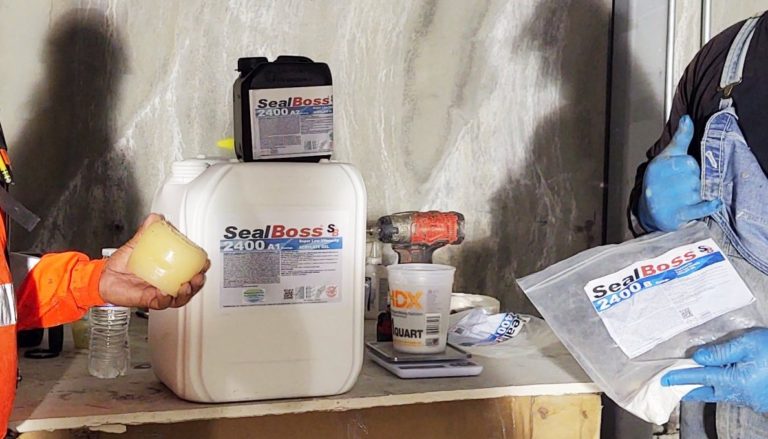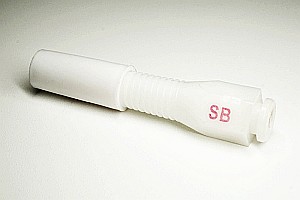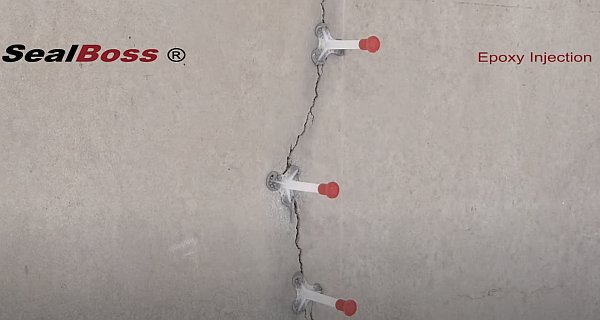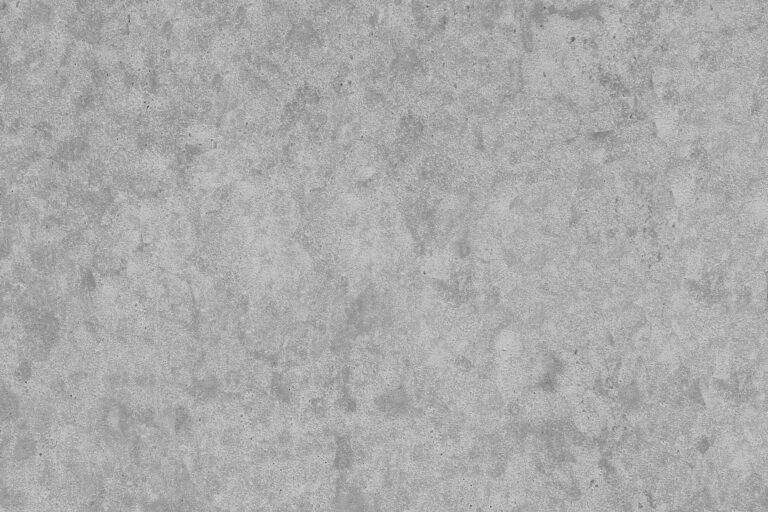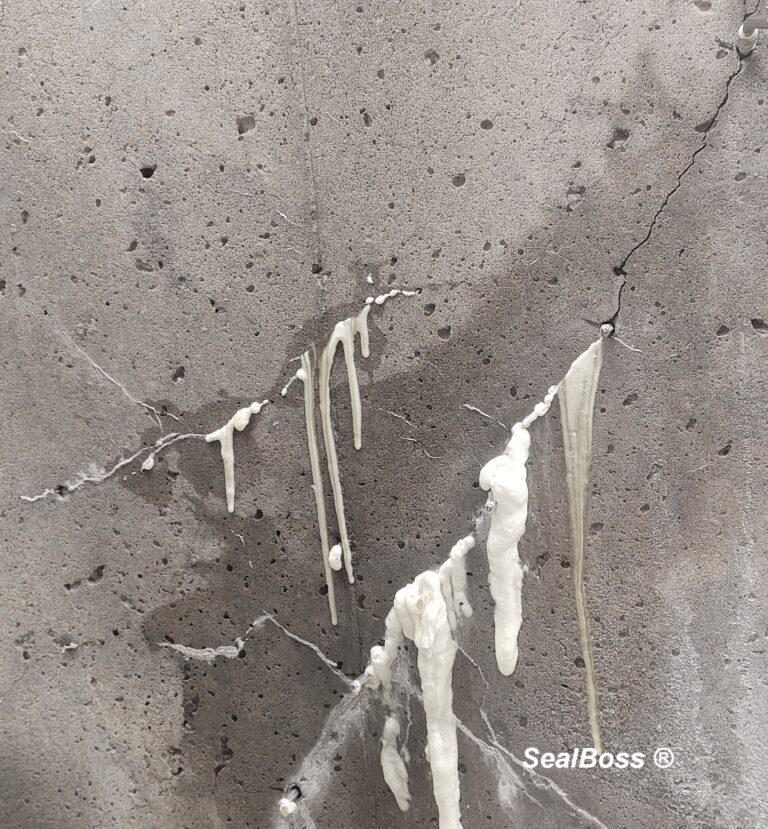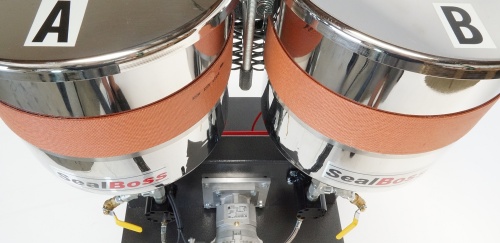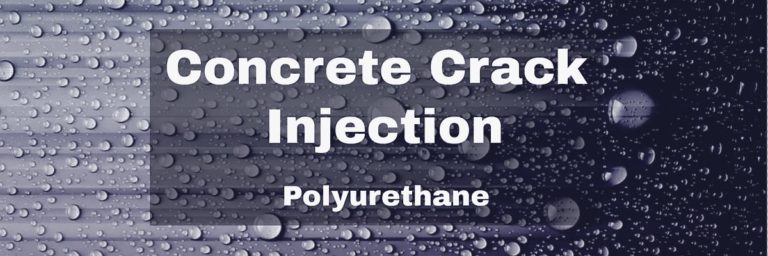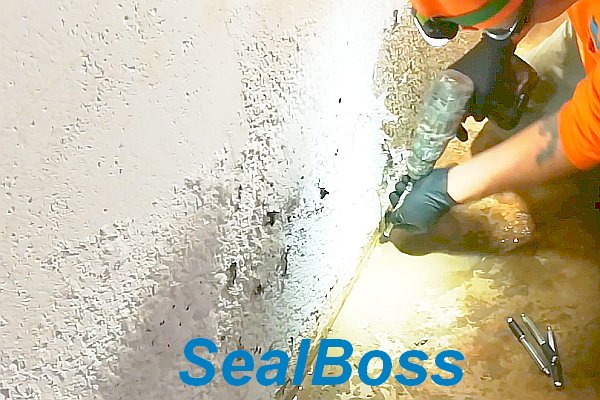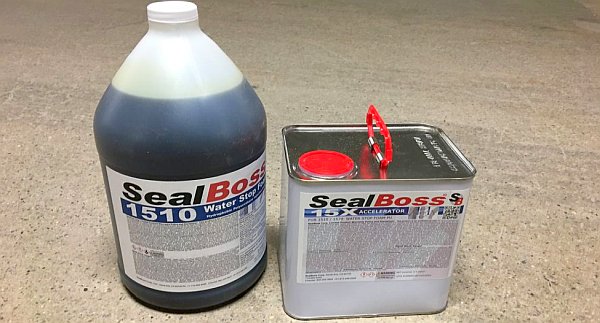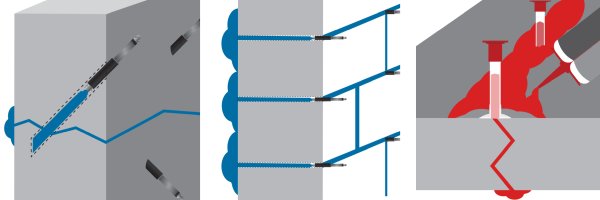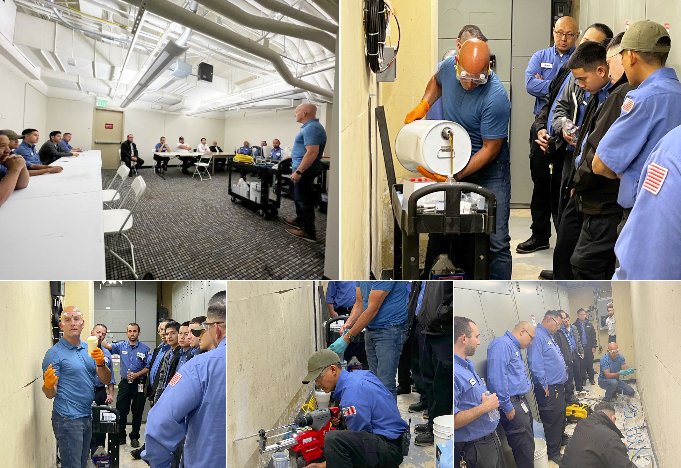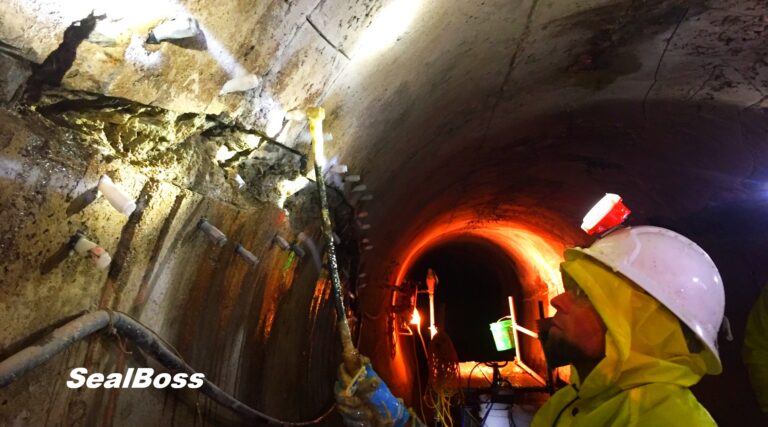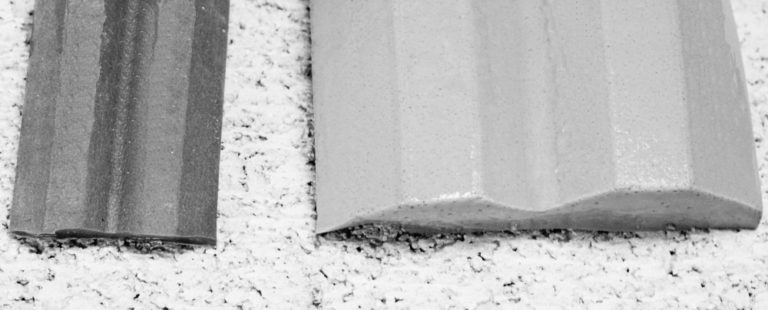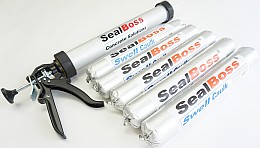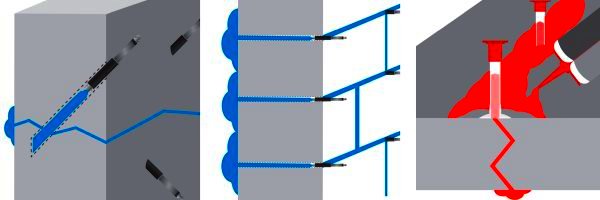
Leak Sealing Methods
Leak Repair Overview
Leak Sealing Methods
Introduction
This article provides an overview of various methods for sealing leaks in concrete structures, emphasizing the importance of choosing the right technique based on factors like leak severity, material compatibility, and environmental considerations.
It highlights the most common methods: crack/joint injection and curtain grouting, which are essential for maintaining the structural integrity of concrete structures including tunnels, dams, commercial buildings, and foundations in general. The article also explores other leak sealing methods and options like epoxy resin injection and swellable waterstop caulking and water activated, expanding polymer strip tapes, discussing their applications and effectiveness.
Key considerations for method selection are outlined, including the size and location of the leak, material compatibility, effectiveness, environmental impact, cost-efficiency, regulatory compliance, and long-term sustainability.
The conclusion underscores the necessity of a comprehensive understanding of these factors for making informed decisions that ensure the safety and longevity of concrete structures.
Click icons for more information.
Ensuring Integrity in Concrete Structures
Water leaks in concrete structures can pose significant challenges, necessitating a thorough exploration of leak sealing methods. The integrity of structures like tunnels, dams, and foundations depends on the effectiveness of these methods. This article delves into the various techniques available, their applications, and the factors influencing their selection.
Crack/Joint Injection and Curtain Grouting
Crack/joint injection and curtain grouting stand out as the most prevalent techniques for addressing active water leaks in concrete structures. These leak sealing methods are the first line of defense against water intrusion, providing immediate solutions to maintain structural integrity.
Crack/Joint Injection – A Focused Approach to Leak Sealing
Crack/joint injection is a precise method that involves injecting polyurethane grout into specific cracks or joints where water is actively leaking. This technique is renowned for its effectiveness in sealing everything from minor seepage to significant leaks across various concrete structures, including walls, foundations, and commercial parking structures.
Curtain Grouting – Creating Barriers Against Water Intrusion
For larger leaks or when the precise leak location is elusive, curtain grouting is the method of choice. This leak sealing method involves injecting grout in a pattern that forms a waterproof barrier, particularly behind tunnel linings, offering a robust solution to water ingress.
Epoxy Resin Injection – Strengthening and Sealing Combined
While epoxy injection is primarily used for structural repairs, it also serves as an effective barrier against water intrusion. However, its use as a water stop is limited in areas with very active leaks.
Epoxy resins, synthetic polymers known for their strong adhesive properties, are particularly useful for sealing leaks in a variety of structures. Their ability to bond with concrete, some metals, and wood makes them a versatile option in the leak sealing methods arsenal.
Swellable Waterstops – Expanding the Fight Against Leaks
Swellable waterstops are hydrophilic materials that expand upon contact with water, effectively sealing off leaks. These are commonly implemented in construction joints and are highly effective in segmented concrete tunnels and structures.
Key Considerations for Leak Sealing Method Selection
The choice of a leak sealing method is influenced by several factors
- Severity and Location of the Leak
The size and accessibility of the leak are key in determining whether crack/joint injection or other methods like curtain grouting are appropriate - Material Compatibility
The compatibility between the sealing material and the structure, such as concrete linings in tunnels, is crucial. Polyurethane grouts are compatible with concrete, while epoxy resins are better suited for metal surfaces - Effectiveness
The method’s ability to seal the leak and prevent future occurrences is the foremost consideration - Environmental Considerations
In environmentally sensitive areas, such as near water bodies, the selection of eco-friendly sealing materials is imperative - Cost-Efficiency
Long-term costs, including maintenance and potential resealing, should be considered alongside the initial cost - Regulations – Compliance
It is essential to select a method that adheres to local regulations to avoid any legal issues - Long-Term Sustainability
The method should provide a durable solution to minimize the need for frequent repairs
Conclusion
Leak sealing methods extend beyond crack/joint injection and curtain grouting. A comprehensive understanding of material compatibility, leak severity, and environmental impact is essential in selecting the appropriate method. By considering these factors and the outlined criteria, stakeholders can make informed decisions that offer long-term benefits, ensuring the safety and longevity of concrete structures.
Related Articles





























